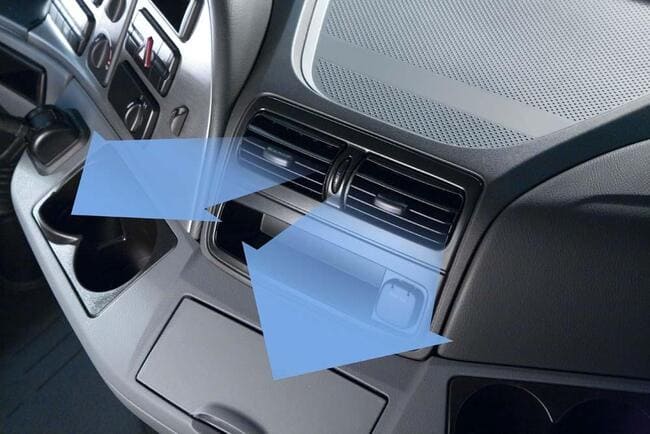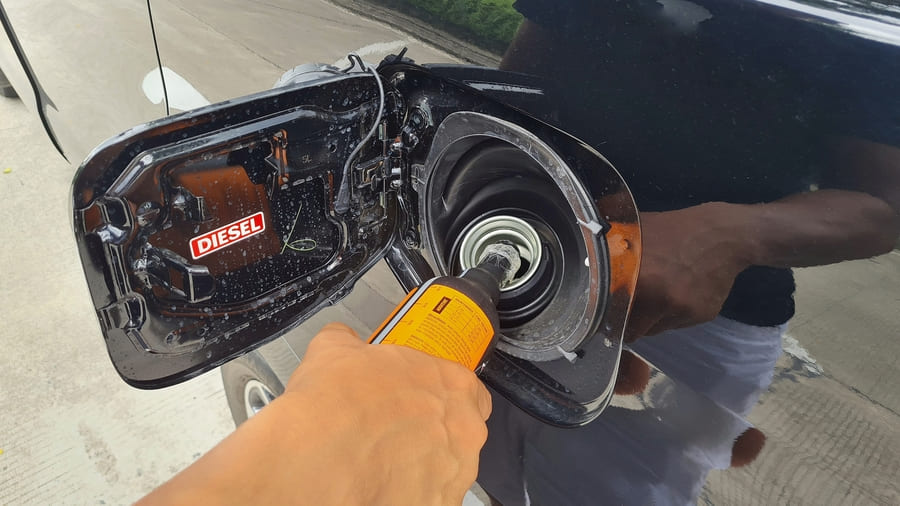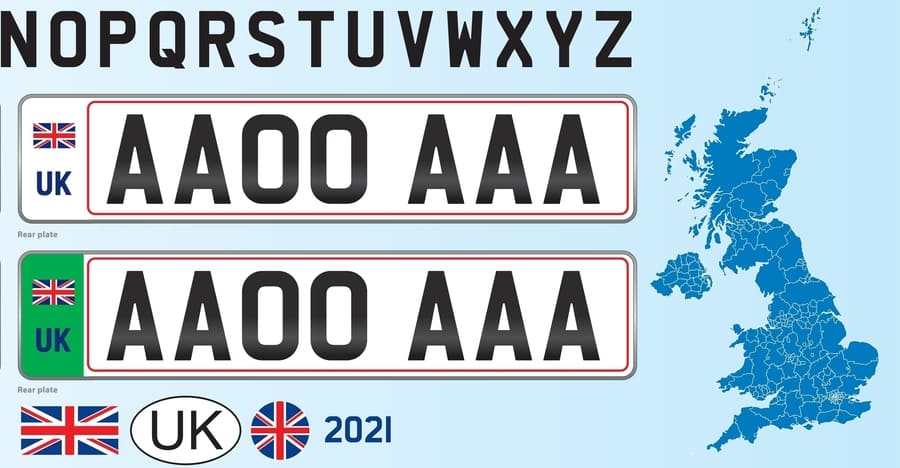
We will tell you what problems may occur during the car A/C operation, how to solve them and, most importantly, how to prevent.
How the air conditioner works and why it fails
The purpose of the part is not confined to cooling the air in the cabin, the air conditioner also cleans, dries the air and provides its circulation. Car air conditioners as opposed to domestic ones are powered by the engine and since the vehicle is in motion on a regular basis, they are exposed to the negative impact of external factors. Temperature changes and constant vibrations can lead to a failure of individual components of the air conditioning system.
To understand the cause of the system incorrect operation, the first step is to understand its structure.
Design of the car air conditioner
The A/C performance is based on the refrigerant circulation in a closed system: it changes from the liquid to the gaseous state, absorbing heat in the process.
The components of the car air conditioner include:Some air conditioners are equipped with an orifice tube, instead of the thermal expansion valve. Their design incorporates an accumulator-dryer. The accumulator acts as a reservoir for the coolant.

The most common failures of the car air conditioner
Contamination of the system elements. Significant contamination of the condenser causes its overheating, which results in increased pressure in the system. The air conditioner operation in this case will be inefficient: the air in the cabin will not be cooled. If the air conditioner components get contaminated, they should be immediately washed. The appearance of an unpleasant odor in the cabin when the air conditioner is working may indicate that the cabin filter is clogged. The latter is a consumable item and should be replaced on schedule. It is generally recommended to replace the cabin filter every 20,000 kilometers. However, many car owners replace it more frequently – every 10 000-15 000 kilometers, or roughly every six months.
Integrity damage to the system and the coolant leakage. The fault may be indicated by malfunction of the air conditioner and traces of oil on the compressor surface and on other system components. The damage can be caused by a force impact, for example, as the result of a car accident, or by the end of useful lives of the sealing elements. For the problem solution the failed components should be replaced, and the system is refilled with the coolant.

Jamming of the compressor
The most distinctive signs of this failure are abnmormal compressor noise, oil traces on the part surface, and in some cases failure to start the engine. The component jamming can be caused by its wear or an insufficient oil level of in the system.In case of such failure the compressor should be replaced.
Unsteady operation of the thermal expansion valve. In case of the part malfunction during the air conditioner operation, the cooled air enters the cabin intermittently, and the unit itself may turn off randomly. Also, this fault causes freezing of the evaporator hoses. Malfunction of the thermal expansion valve can be caused by mechanical damage or incorrect adjustment of the part, as well as contamination of the system from the inside. Often the part is not subject to repair and requires replacement in case of a failure.
A faulty condenser. It leads to the fact that the air conditioner does not respond to switching on or turns off at random when driving the car at low speeds. The most common cause of the condenser failure is the pollution of both the part and the conditioning system main line. In case of this failure the condenser and the connecting elements should be promptly cleaned. Otherwise, incorrect operation of the condenser can result in increased pressure in the air conditioning system.
Failure of the evaporator. Appearance of water and an unpleasant odor in the cabin are the signs of this malfunction. The evaporator fault causes are pollution and blockage of the moisture draining tube. Cleaning the latter will solve the problem. In case of the evaporator corrosion it needs to be replaced.
Please note! Both the repair and the refilling of an air conditioner require special training, skills, tools and consumables. Therefore it is recommended to entrust these works only to experts!
How to prevent the A/C malfunction
Malfunction of any car component, including the air conditioner is much easier to prevent, rather than to eliminate.
To save on repair and maximize the service life of the car air conditioner, you need to follow the simple rules:- Regularly turn on the air conditioning regardless of the season. Just one or two times a week for 10-15 minutes will be enough.
- Warm up the car interior before starting the air conditioner in cold seasons.
- Carefully wash and blow the condenser in the process of car washing.
- Even if there are no fault symptoms, perform the air conditioning refill every 1-2 years.
Conclusion
When refilling the air conditioner with refrigerant and oil, and replacing worn out elements you should give preference only to parts and consumables from trusted manufacturers. Shop in reliable online stores that provide the quality assurance of their products. In addition, the air conditioner service should be carried out in accordance with the requirements provided in the car technical documentation. Through compliance to these simple operation rules the part will serve you for a long time!








Comment